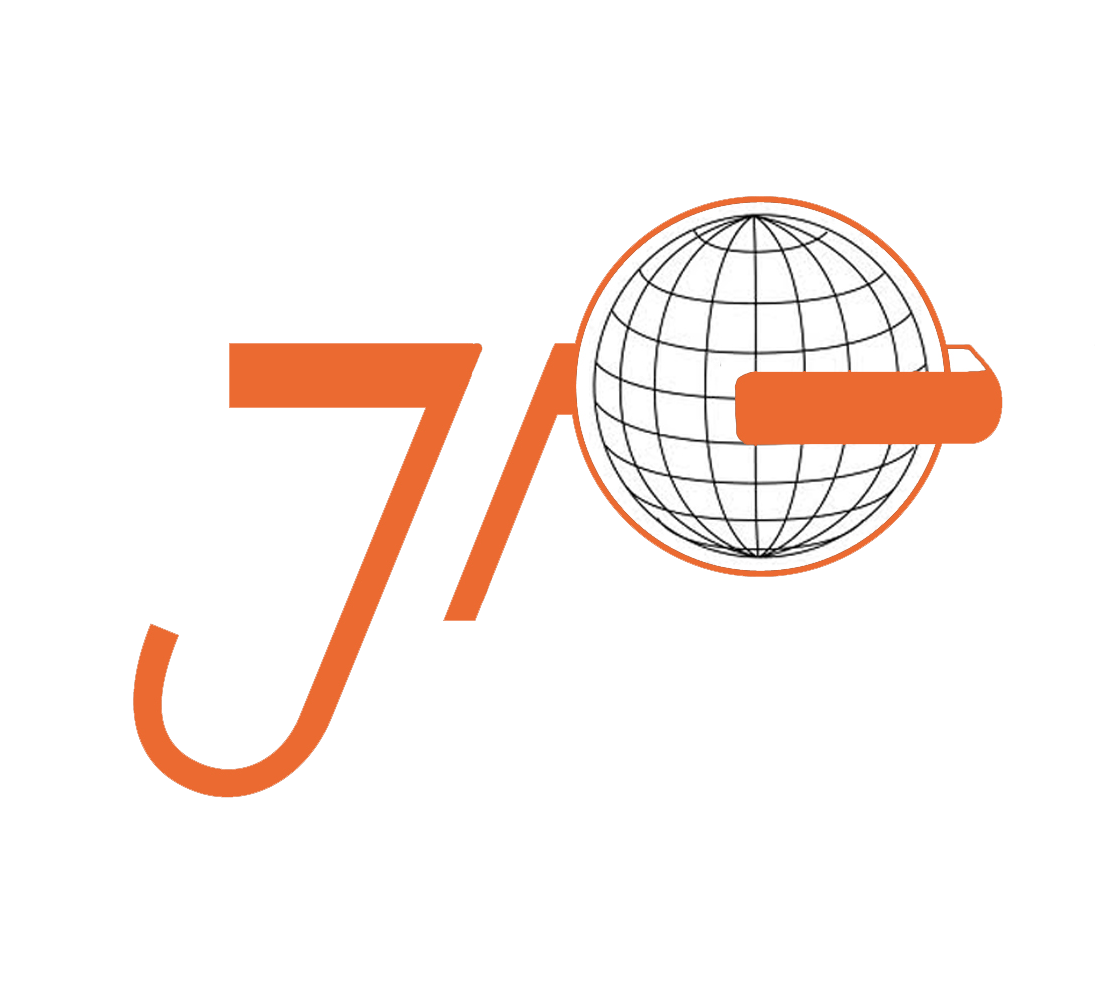Peru: A Great Place To Practice More Than Just Spanish
by Brian Alcamo
A trip to Peru is a chance to discover the wonders of the ancient Incas and take some time to hone your Spanish while doing it.
But what you might not realize is that a trip to the Andes is also a trip to a nation that takes pride in preserving its precolonial linguistic roots. Many Peruvians speak more than one language natively. 13% of Peruvians speak Quechua, which is an impressive feat when you consider the centuries of colonialism that have wiped out countless other indigenous languages (thanks a lot, Francisco Pizarro). The range of Peruvian Quechua speakers runs from 4 million fluent native speakers to 10 million “familiar” ones. You might already be a little familiar with Quechua yourself. Some English words derived from Quechua include condor, guano, jerky, puma, quinoa, quinine, and llama.
“Quechua” in its own language is runa simi, or “the people’s tongue.” It was made an official language in Peru in 1975, and is also spoken in Argentina, Bolivia, Colombia, and Ecuador. It’s technically not one language, but the name of a language family. This distinction means that there are multiple types of Quechuas. This collection of almost 50 languages is typically divided into two types: Type I (Central) and Type 2 (Periphery). A breakdown of all of the types of Quechua can be found here.
The geographic distribution of the two Quechua types.
Unfortunately, the relationship between Spanish and Quechua is not always equal, with Quechua still falling victim to elitism found in Peru’s Spanish-speaking spheres. Quechua speakers are more likely to live in poverty, with 60% of Peru’s poor speaking the language at home. Although Quechua is now being taught in many schools, many of its own native speakers cannot read or write. This highlights a complicated educational and class division between those hoping to preserve and propagate the language, and those who already know how to speak it. Older Quechua speakers are also much more likely to be monolingual, which limits their access to much of Peruvian society.
There is hope for bridging this divide, with innovative education solutions coming for Quechua speakers. One such innovation is this talking robot, designed to speak Quechua and help continue the education of its younger native speakers during the COVID-19 pandemic. The robot, whose name is Kipi, is made from upcycled materials and hikes into the Andes to bridge a “digital divide” between Andean Peruvians and the residents of metropolitan Lima.
Outside of the Andes, Quechua’s cultural caché is on the upswing. Many people fighting for the language’s visibility and promotion in both public life and academic circles. If you decide to take a Quechua class at your local university, the course will most likely follow a curriculum based on Cusco’s dialect. While this is just one of the almost 50 varieties of Quechua to learn, it’s pretty cool to say that you study the language of the Inca civilization’s ancient capital.
How To Learn It
There aren’t too many online resources for learning Quechua. That being said, you can learn some basic Quechua on quechualanguage.com. You can also enroll in a local university course.
When you’re at a more advanced level, check out Rimasun. It’s a podcast produced by graduate students at NYU’s Center for Latin American Studies (CLACS) that interviews native Quechua-speaking New Yorkers. You can also watch clips from Peru’s Ñuqanchik broadcast to practice your listening skills and while listening to world events.
Along with learning Spanish, a quick primer on Quechua will be a great way to enrich your journey. Whether or not you become 100% fluent, you’ll be able to better appreciate the foundations of a great South American country.
Thanks for Reading!
Are you thinking of supplementing your Spanish with a little bit of Quechua? Comment your thoughts below, and be sure to give this blog a heart.
(Thumbnail photo by Theo Topolevsky)

